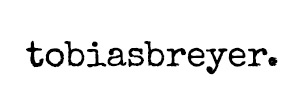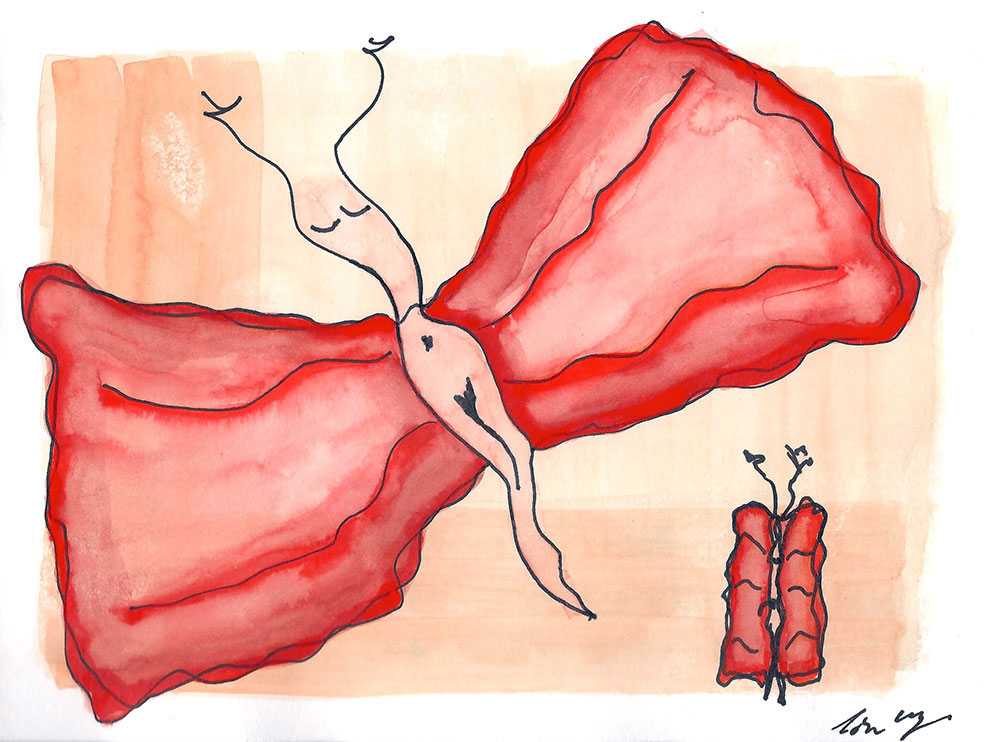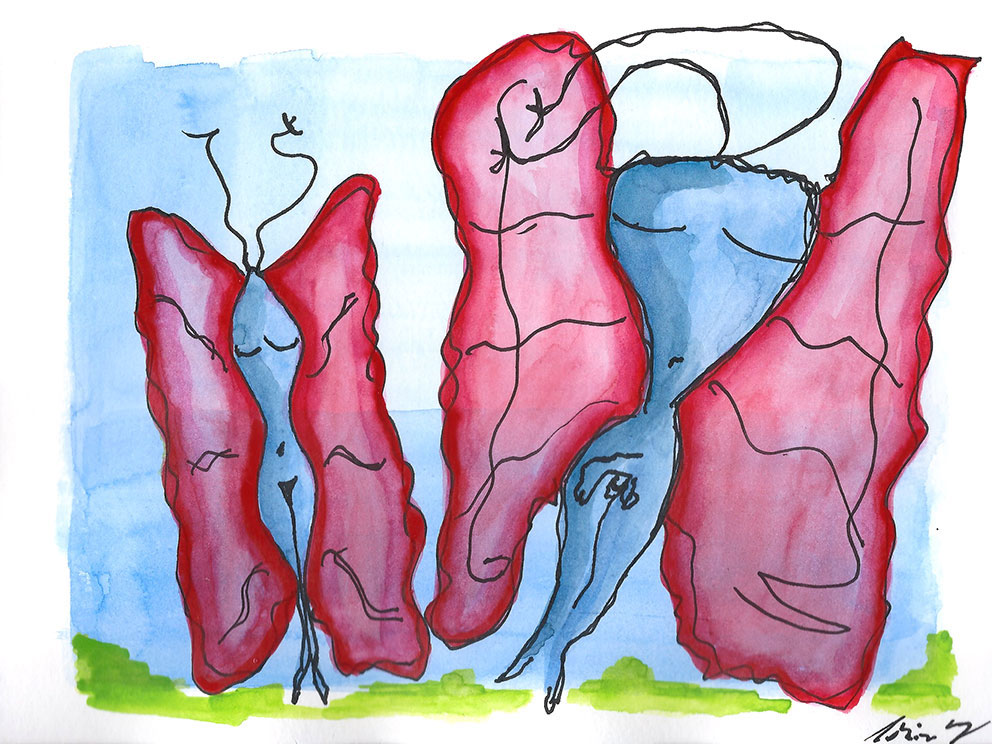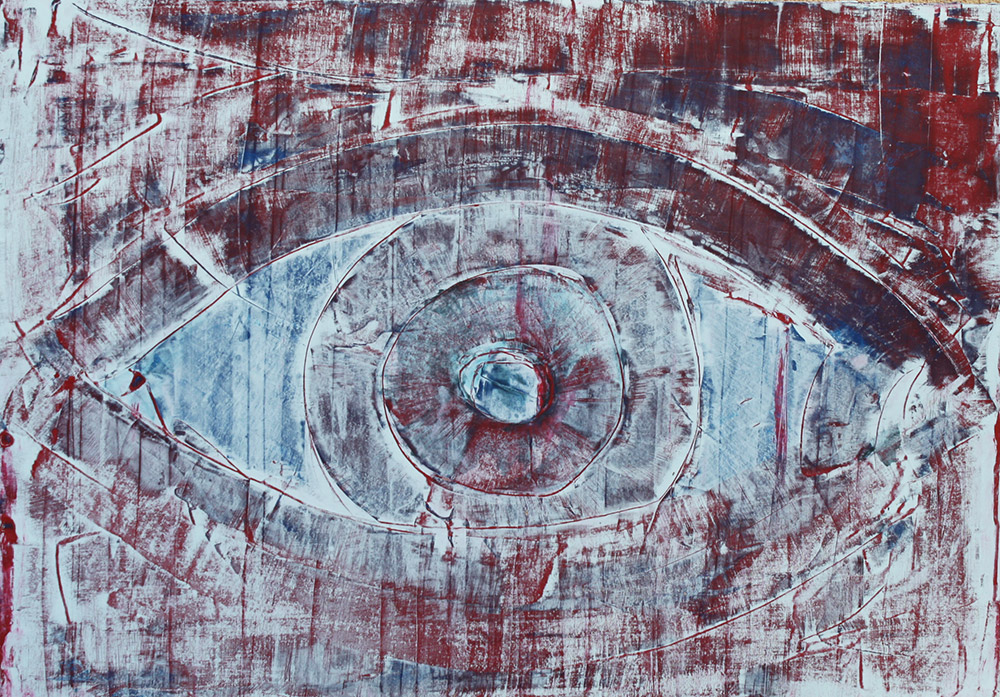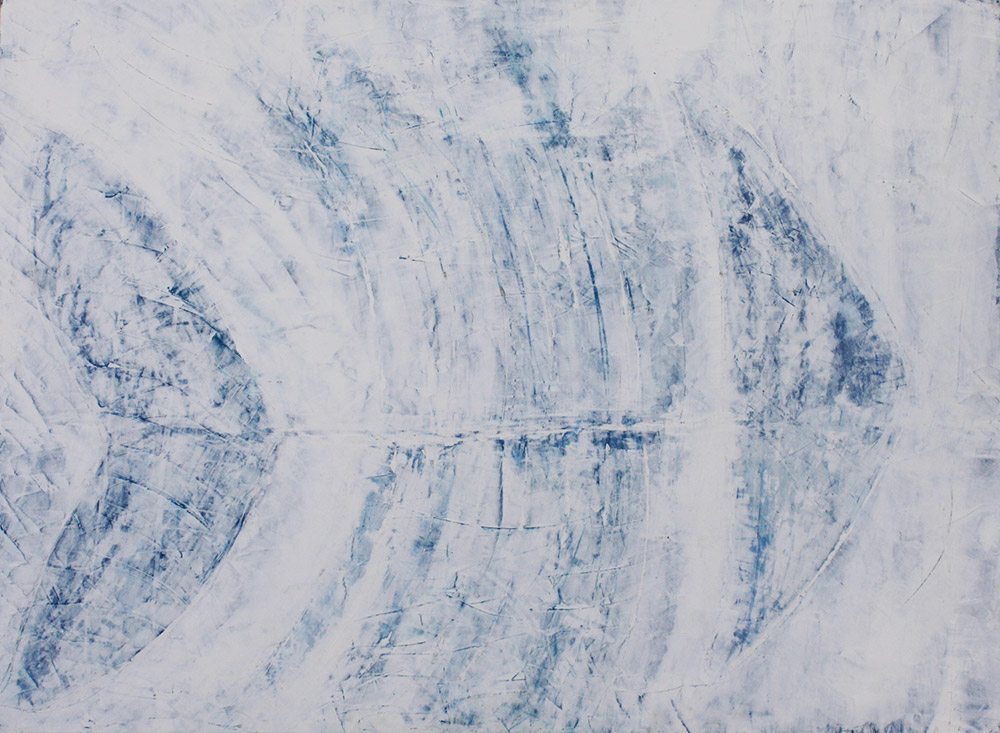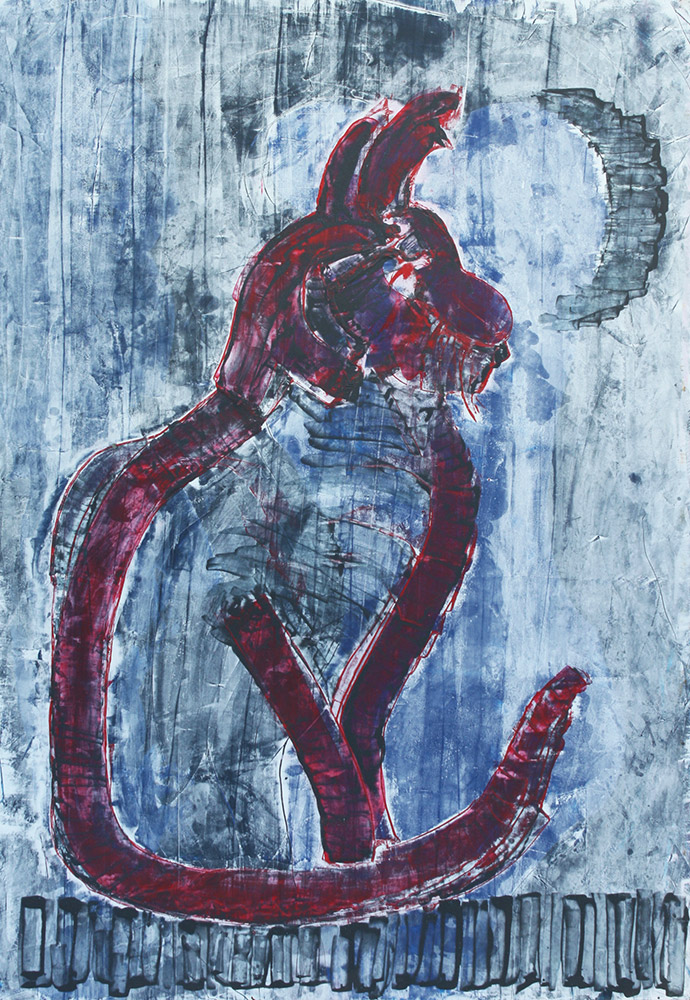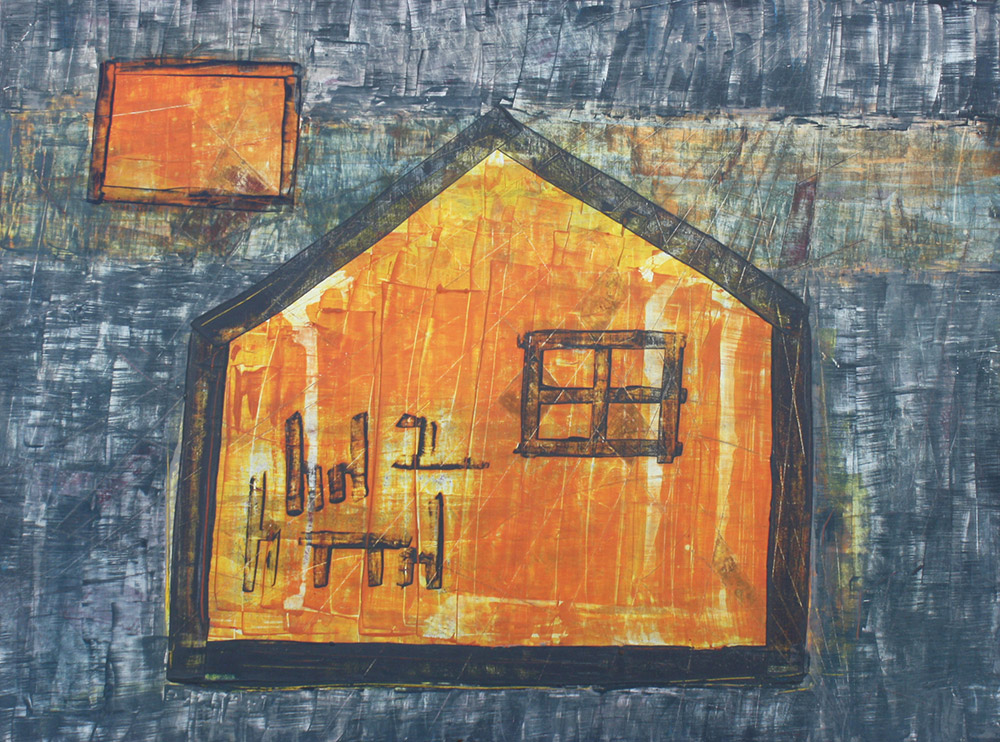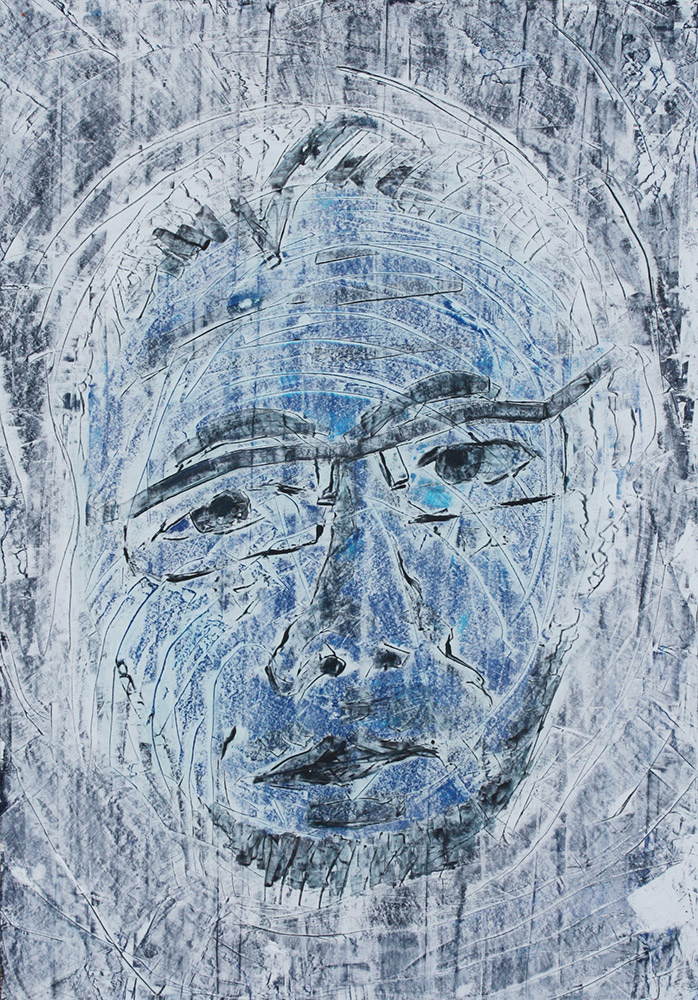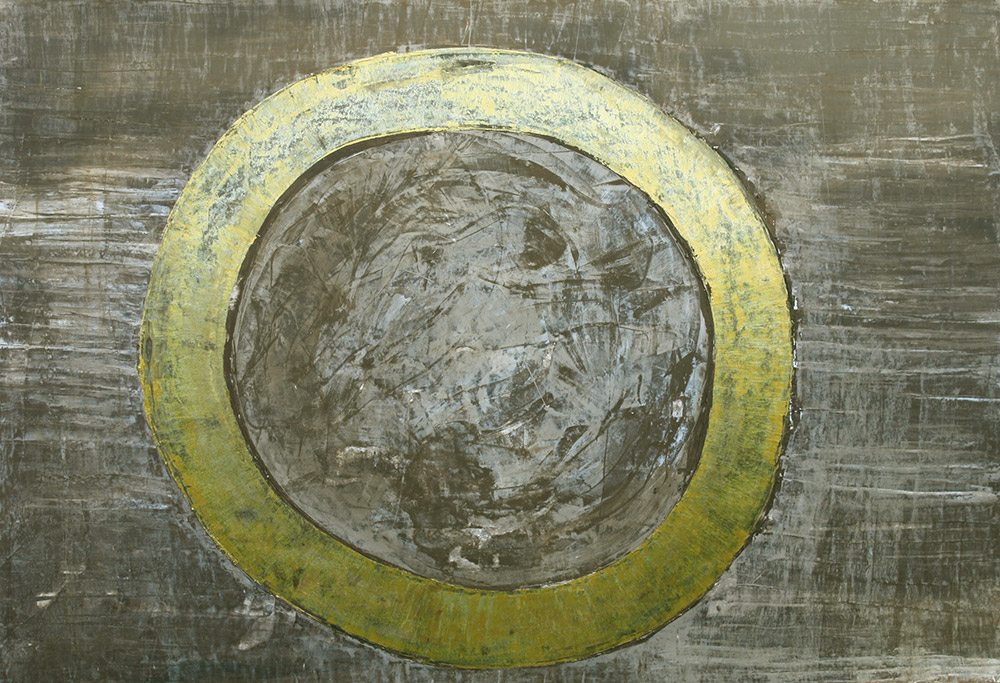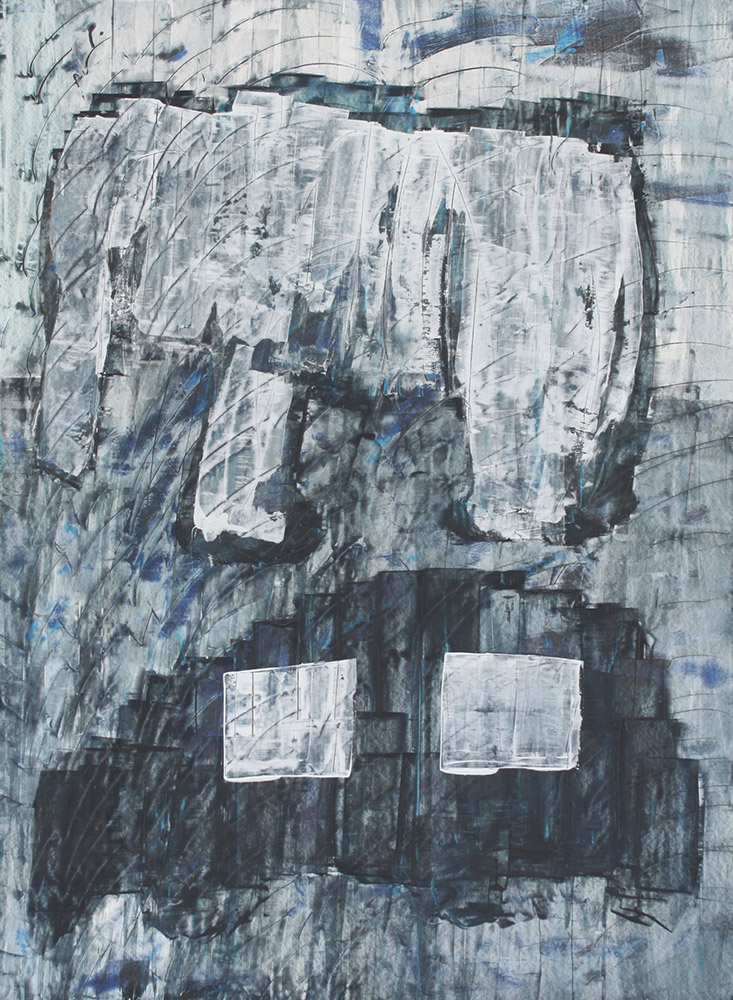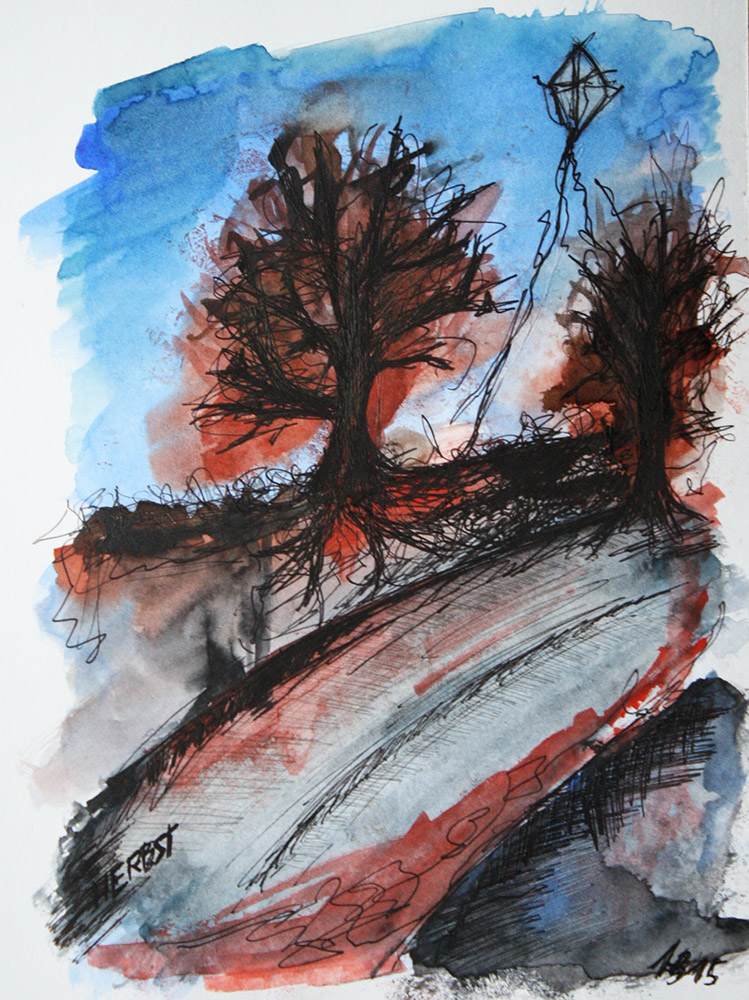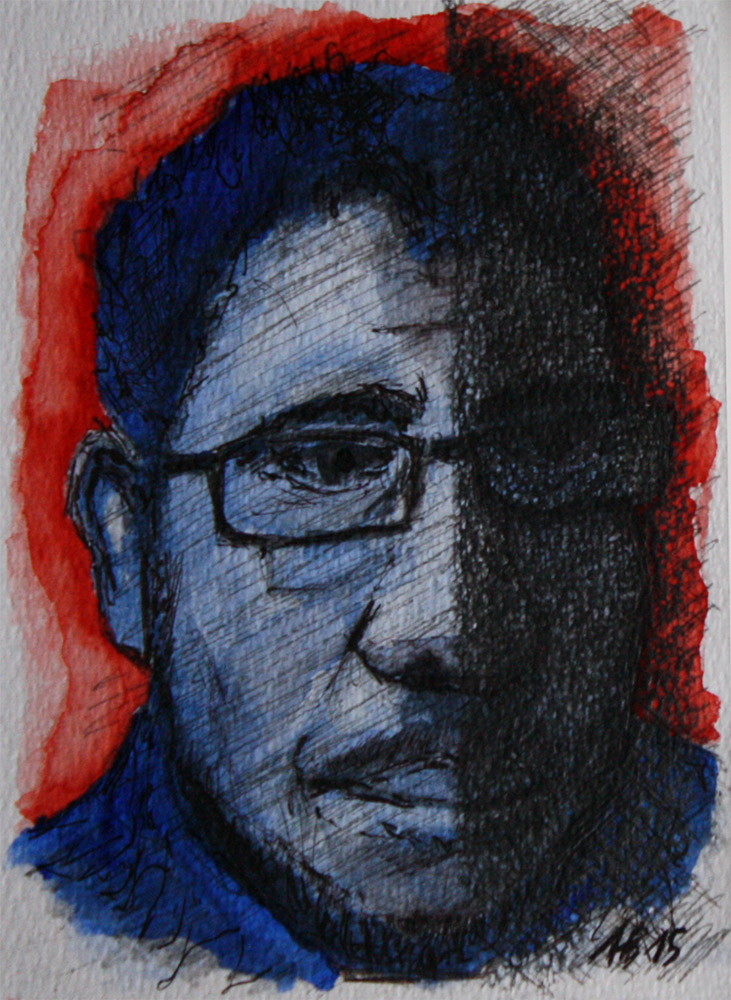farben, formen, strukturen – farben formen strukturen – strukturen formen farben – formen färben strukturen – farben strukturieren formen
bilder, skizzen, betrachtungen – contemporary art berlin
wenn auf der leeren fläche, im leeren raum etwas absichtsvoll entsteht und das ergebnis im betrachter empfindungen und gedanken zum schwingen bringt, dann ist es kunst
jede sekunde deiner lebenszeit ist es wert mit gefühlen und gedanken bereichert zu werden.
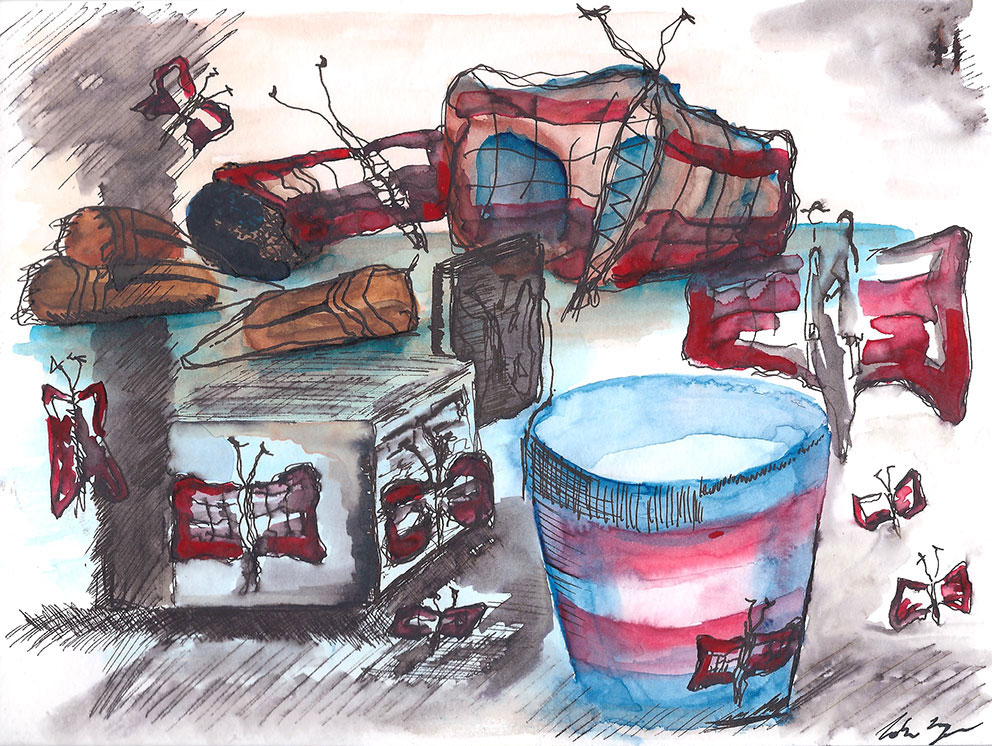
auf dem tisch. der arbeitsplatz ohne platz für arbeit. platz für arbeitszeit.liegt überall rum.wartet auf den richtigen zeitpunkt. hat sich verpuppt und liegt nur da.
arbeit tut sich von alleine, oder nicht? die zeit verfliegt wenn der kokon aufbricht. welche zeit verfliegt? wenn arbeitszeit freigelassen wird zur freizeit und der arbeitsplatz zum freiplatz? auszeit und endzeit liegen auch auf dem tisch, fliegen auch von dem tisch.
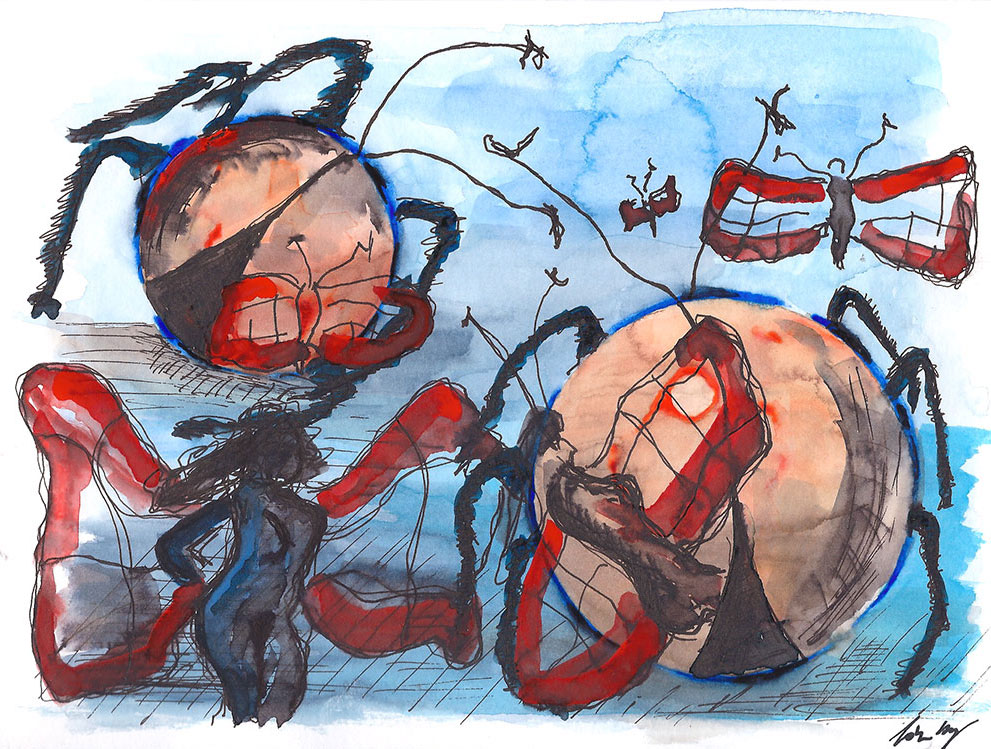
insekten sitzen und bewegen. gliedmaßen und gliedmaßen und gliedmaßen in sektionen. mehr als wir. extremitäten mit gelenken, es krabbelt und zuckt. zusammen zucken, zusammenzucken bei berührung. wer will denn hier schon berühren? he? wenn glieder sich berühren zuckst Du doch schon. da fehlt manchmal ein glied in der extremitätenkette. steht nur da und glotzt. wieviele beine brauchst Du um dich nicht zu bewegen? kannst du ohne beine fliegen? flieg davon du schmetterling und meide den vogel. der kann fliegen. du schwebst.kurz.
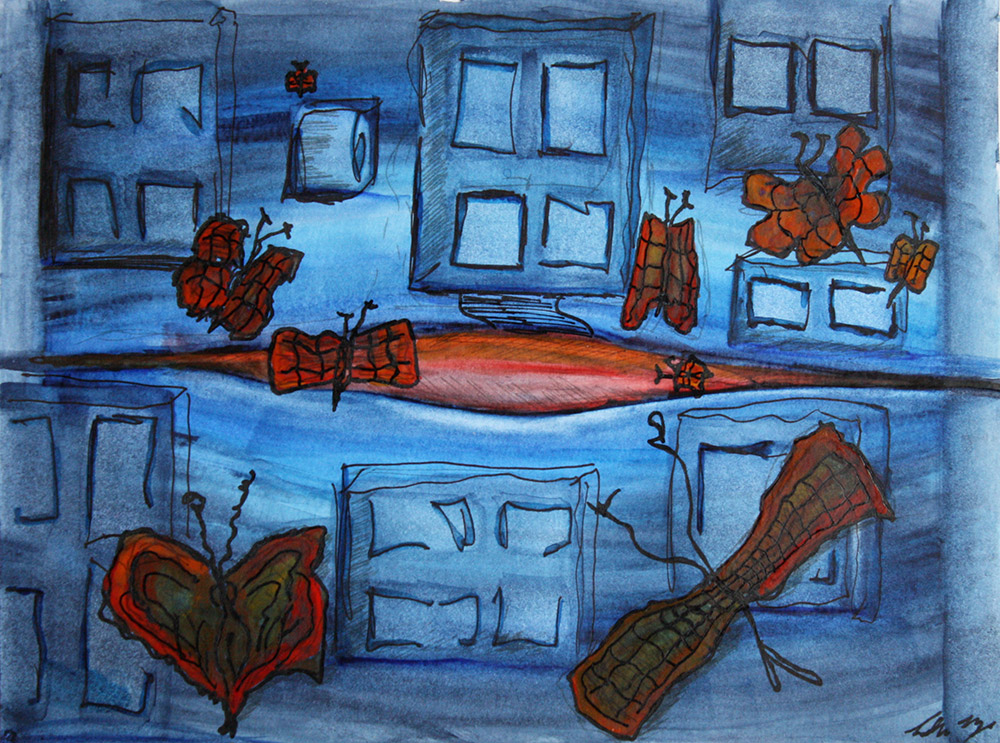
stadt in der nacht bricht auf, wird durchlässig. nacht bricht herein, fällt über die stadt her, zerbricht am licht. nachtfalter flirren restlos ratlos und rastlos um restlicht. einen um die häuser ziehen lassen stinkt nicht. nachtsicht statt nachsicht. brüche im asphalt. aufgebrochene die heimat suchen, in dunklen gassen. stadt dessen gassenhauer und ersatzbefriedigung. kauf doch einfach nachts oder nichts. hilft nichts. stille dröhnt die ganze nacht entlang in meiner stadt.
paarweise, paar weise, zwei flügelschläge weit, zwei ratschläge weiter, zwei zungenschläge nur, schläge, ganz leicht, fliegen durch die luft, zerschmettern schmetterlinge, mach schlagoberst drauf, lass uns heute feiern.
paarweise, ungleichheiten ausgleichen? gleich gleichen sie sich. gleichklang klingt nur gleich. im gleichen klang klingen? im gleichen takt fliegen? gleich und gleich gesellt sich gern. sich mit den flügeln schlagen? ich komme gleich. gleichzeitig kommen? gleich zeitig kommen. komm doch, fang mich gleich. komm mit zur gleichmacherei.
paarweise, ungleichheiten ausgleichen? gleich gleichen sie sich. gleichklang klingt nur gleich. im gleichen klang klingen? im gleichen takt fliegen? gleich und gleich gesellt sich gern. sich mit den flügeln schlagen? ich komme gleich. gleichzeitig kommen? gleich zeitig kommen. komm doch, fang mich gleich. komm mit zur gleichmacherei.
paarweise, ungleichheiten ausgleichen? gleich gleichen sie sich. gleichklang klingt nur gleich. im gleichen klang klingen? im gleichen takt fliegen? gleich und gleich gesellt sich gern. sich mit den flügeln schlagen? ich komme gleich. gleichzeitig kommen? gleich zeitig kommen. komm doch, fang mich gleich. komm mit zur gleichmacherei.
paarweise, ungleichheiten ausgleichen? gleich gleichen sie sich. gleichklang klingt nur gleich. im gleichen klang klingen? im gleichen takt fliegen? gleich und gleich gesellt sich gern. sich mit den flügeln schlagen? ich komme gleich. gleichzeitig kommen? gleich zeitig kommen. komm doch, fang mich gleich. komm mit zur gleichmacherei.
paarweise, ungleichheiten ausgleichen? gleich gleichen sie sich. gleichklang klingt nur gleich. im gleichen klang klingen? im gleichen takt fliegen? gleich und gleich gesellt sich gern. sich mit den flügeln schlagen? ich komme gleich. gleichzeitig kommen? gleich zeitig kommen. komm doch, fang mich gleich. komm mit zur gleichmacherei.
paarweise, ungleichheiten ausgleichen? gleich gleichen sie sich. gleichklang klingt nur gleich. im gleichen klang klingen? im gleichen takt fliegen? gleich und gleich gesellt sich gern. sich mit den flügeln schlagen? ich komme gleich. gleichzeitig kommen? gleich zeitig kommen. komm doch, fang mich gleich. komm mit zur gleichmacherei.
paarweise, ungleichheiten ausgleichen? gleich gleichen sie sich. gleichklang klingt nur gleich. im gleichen klang klingen? im gleichen takt fliegen? gleich und gleich gesellt sich gern. sich mit den flügeln schlagen? ich komme gleich. gleichzeitig kommen? gleich zeitig kommen. komm doch, fang mich gleich. komm mit zur gleichmacherei.
Die Begriffe Zeitgenössische Kunst und Gegenwartskunst werden benutzt, um die Bezeichnung Moderne Kunst bzw. Avantgarde zu vermeiden. Alltagssprachlich steht modern für „zeitgemäß, nach dem Zeitgeschmack, neuzeitlich“[1] und kann insofern als Synonym zu zeitgenössisch gelten. Fachsprachlich, im Kontext der Kunst- und Kulturgeschichte, ist der Begriff der Moderne jedoch mehr oder weniger fest mit einer zwar nicht abgeschlossenen, aber bereits historischen Epoche der Kunstgeschichte verbunden. Insbesondere im Zusammenhang mit dem Aufkommen des Begriffs der Postmoderne, siehe auch postmoderne Architektur, gilt hier modern nicht mehr unbedingt als zeitgenössisch oder zeitgemäß.
Mit den Begriffen Zeitgenössische Kunst, Gegenwartskunst und contemporary Art ist keine Aussage zu Konzept, künstlerischem Stil, Technik, Form sowie Zugehörigkeit zu einer künstlerischen Strömung, Bewegung bzw. Gruppe verbunden. Zeitgenössische Kunst kann Malerei sein, aber beispielsweise auch in einer Form vorliegen, die sich erst in den jeweils letzten Jahren und Jahrzehnten etablierte, wie beispielsweise Videokunst, Performance, Konzeptkunst oder auch die abstrakte Metallplastik.
Die Begriffe Zeitgenössische Kunst und Gegenwartskunst können nicht nur auf das einzelne Kunstwerk zielen, sondern auch auf ein schwer abgrenzbares kulturelles und ökonomisches System der Kunstproduktion, das sich teilweise mit dem Kunstbetrieb überschneidet und teilweise am Kunstmarkt orientiert. Viele Museen und regelmäßig stattfindende Kunstausstellungen sehen sich heute weltweit als Ausstellungsorte für relevante zeitgenössische Kunst. Als die bedeutendste Ausstellung für die jeweilige Gegenwartskunst gilt die alle fünf Jahre stattfindende documenta-Ausstellung in Kassel. Die Ausstellungsmacher der documenta 12 im Jahr 2007 betonten im Zusammenhang mit den Begriffen Zeitgenössische Kunst und aktuelle Kunst, dass „[…] „aktuell“ nicht heißt, dass die Werke gestern entstanden sind. Sie müssen für uns Heutige bedeutsam sein.“
Quelle: Wikipedia
